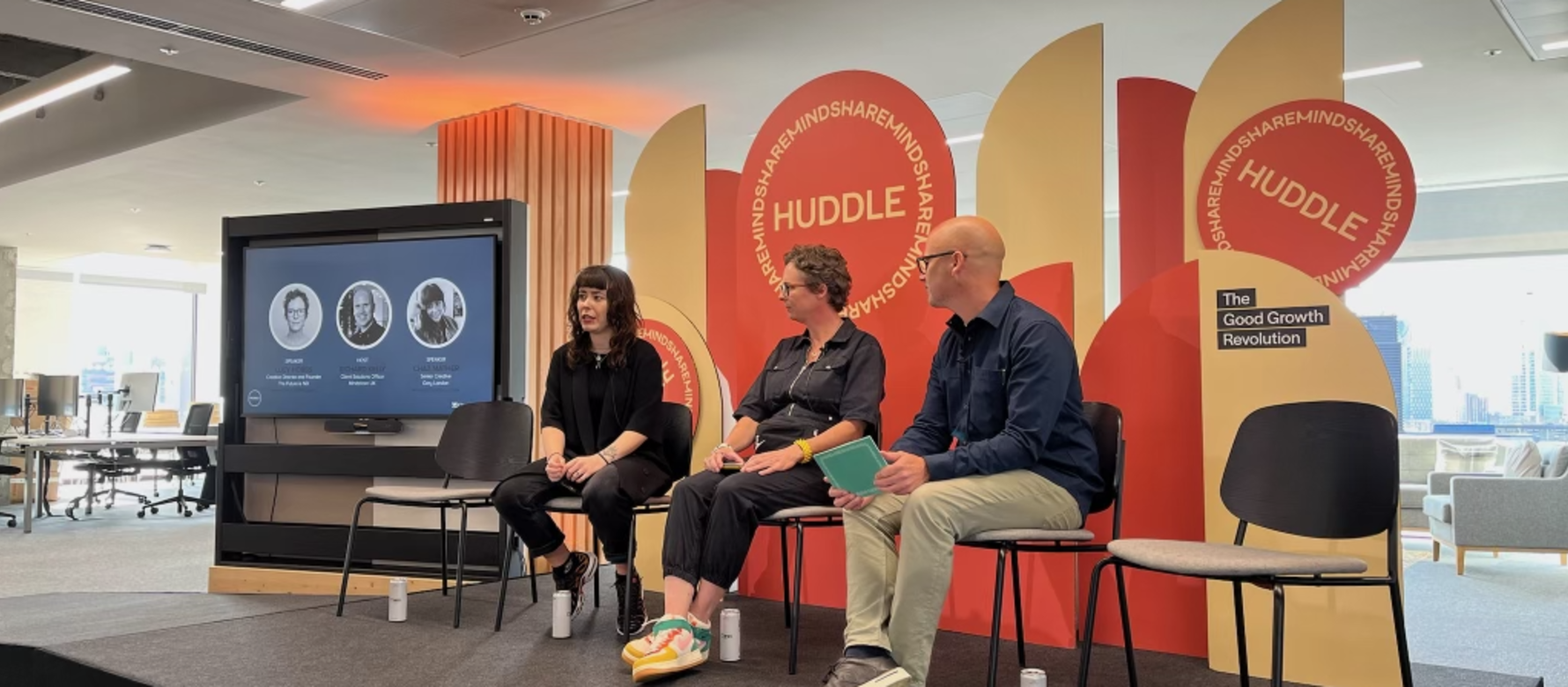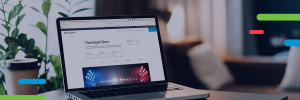How do we reach and empower the invisible 20%?
26 Sep 2023 / News, Platform for Good
One in five people in the UK are recognised as being neurodivergent, and with Out of Home advertising reaching 97% of the UK population, Bauer Media Outdoor has been putting a spotlight on inclusive advertising and helping advertisers create Powerful Posters that engage everyone in our society.
We recently hosted a session at the Mindshare Huddle, hosted by Richard Kelly (Client Solutions Officer, Mindshare UK) and joined by Lucy Hobbs (Creative Director and Founder, The Future is ND) and Chaz Mather (Senior Creative, Grey London), to explore creativity through a neurodivergent lens.
This followed on from our earlier work with the ADHD Foundation on the Different Minds, Better Outcomes campaign, which aimed to inspire change within the advertising industry towards being more inclusive and accessible to neurodivergent customers and talent.
“More and more we’re seeing society change how it views neurodiversity. Creating communications and campaigns that are accessible for neurodivergent minds is an instrumental part of becoming a more inclusive society,” said Dr. Tony Lloyd, CEO of the ADHD Foundation.
One of the speakers, Lucy Hobbs, has worked in the creative industry for over 20 years and is AuDHD (Autistic and ADHD). Diagnosed with ADHD in 2007 and later ASC in 2021, Lucy was initially uncomfortable speaking out because of the stigma attached to it. She had a change of heart in 2018 when speaking about her ADHD at an industry conference and opening up about its impact on her working life. Meeting other people like her turned out to be a life-changing experience, as it led her to launch a new platform, The Future is ND, to create awareness, overcome stigma, and give neurodivergent people a sense of belonging through events and creating safe spaces.
Chaz Mather is a senior creative at Grey, with nine years of industry experience. Having recently been diagnosed with ADHD while also being dyslexic, she feels that a lot of creatives potentially have ADHD, as it can benefit the process of coming up with creative ideas quickly. Advertising creates that kind of environment where people with ADHD can thrive.

Understanding neurodiverse audiences
So, how do you make visual decisions that resonate universally but also consider the sensory needs of neurodivergent people?
According to Lucy, each of us is cognitively different, and much like fingerprints, no two brains are the same. Like biodiversity in nature, we’re all valuable to the ecosystem of society, but we all have different cognitive strengths and ways of processing information.
There’s plenty of diversity within neurodiversity, too; for example, a dyslexic person might find a certain character difficult to read, but an image could be much easier to decipher and understand, whereas an autistic person might need words, an image description, or alt text to understand the context of the picture.
One size, therefore, doesn’t fit all. However, there are some good basic principles to follow when designing Powerful Posters:
Keep it simple
Have a clear, succinct and memorable message; too much copy can be an overload
Use the right fonts and font sizes so that all copy is legible
Capitalise hashtags and headlines
Logos should be tested on neurodivergent people too (to avoid the risk of sensory overload)
For some autistic people, using low-arousal colours such as cream or pastels can reduce sensory overload when compared to high-arousal (bright) colours
Image descriptions can help some neurodivergent people understand the advertising
Puns, sarcasm and jokes may not be understood in the same way by everybody
Chaz pointed out that a lot of these principles also apply to making effective, understandable advertising for everyone.
What can advertisers do?
The panel explored whether brands need to compromise to cater for various accessibility needs, and in doing so, would there be a risk of diluting the core message?
There is a natural crossover between neurotypical people and neurodivergent people in advertising, Chaz observed. Advertising should always be simple, as this will benefit all. As much as it enables a neurodivergent person to understand the ad, it will also help to communicate more effectively with a neurotypical person.
It is not necessarily a case of compromising, in Lucy’s opinion, while acknowledging that using pastel colours, for example, could make the advert less striking. For designs to be more inclusive of everybody, brands and creatives just have to work harder to make them work.
A good way to start could be by testing artworks and logos on neurodivergent people to ensure that they work. There is a lack of research in this area, but by doing so, advertisers could make some better-informed decisions.
When Lucy was at design college, she naturally gravitated towards designing very simple creative executions. Looking back, it was because she felt it was the easiest to understand, and now she realises that she was designing for people like her. By hiring more neurodivergent creatives, advertising would organically become more inclusive, too.
Fighting for attention Out of Home
There are so many things that battle for our attention when we are out and about, whether it be cars beeping or phones constantly buzzing, and it can be overwhelming for neurodivergent people like Chaz. To get real cut-through and engagement in Out of Home, an advert must work so much harder. A striking image with a small amount of copy creates that simplicity that can cut through, and connecting on a human level is essential, too.
Clients can sometimes try to put too much messaging across in their campaigns, making posters too cluttered. We therefore need to make a greater collective effort to improve the understanding of the needs of neurodivergent people at all levels of the creative process.
If you would like to find out more about inclusive advertising, click here.
SHARE POST
PRESS ENQUIRIES



